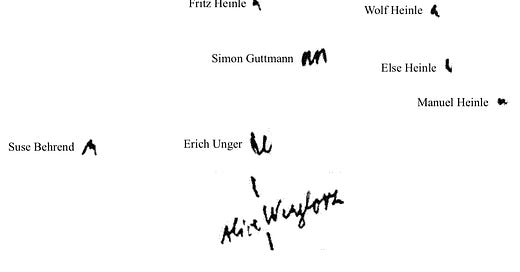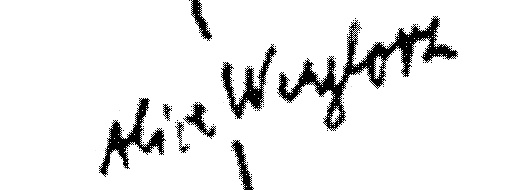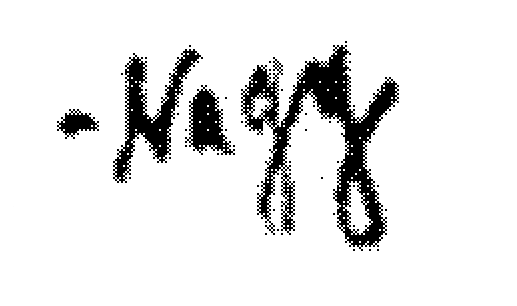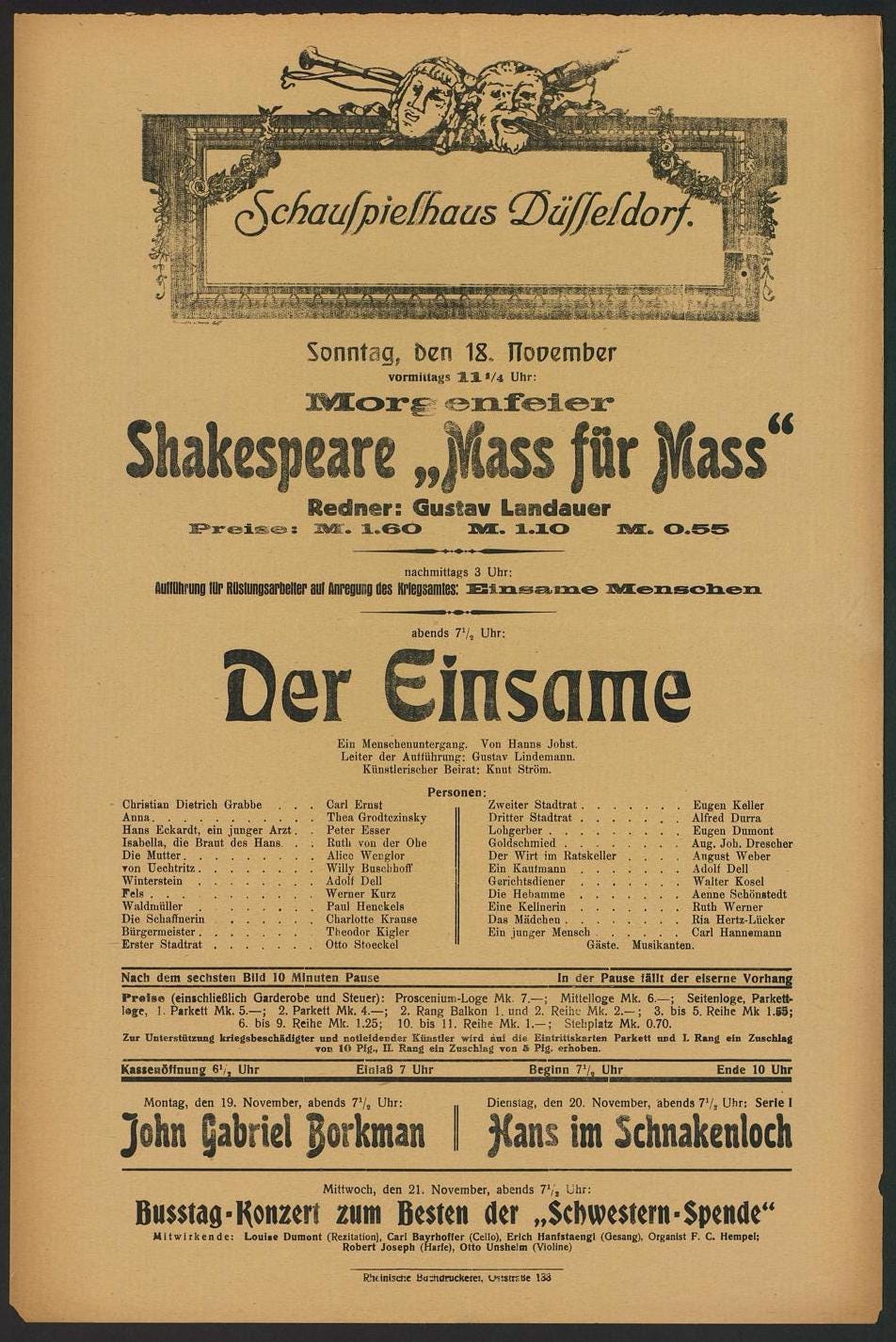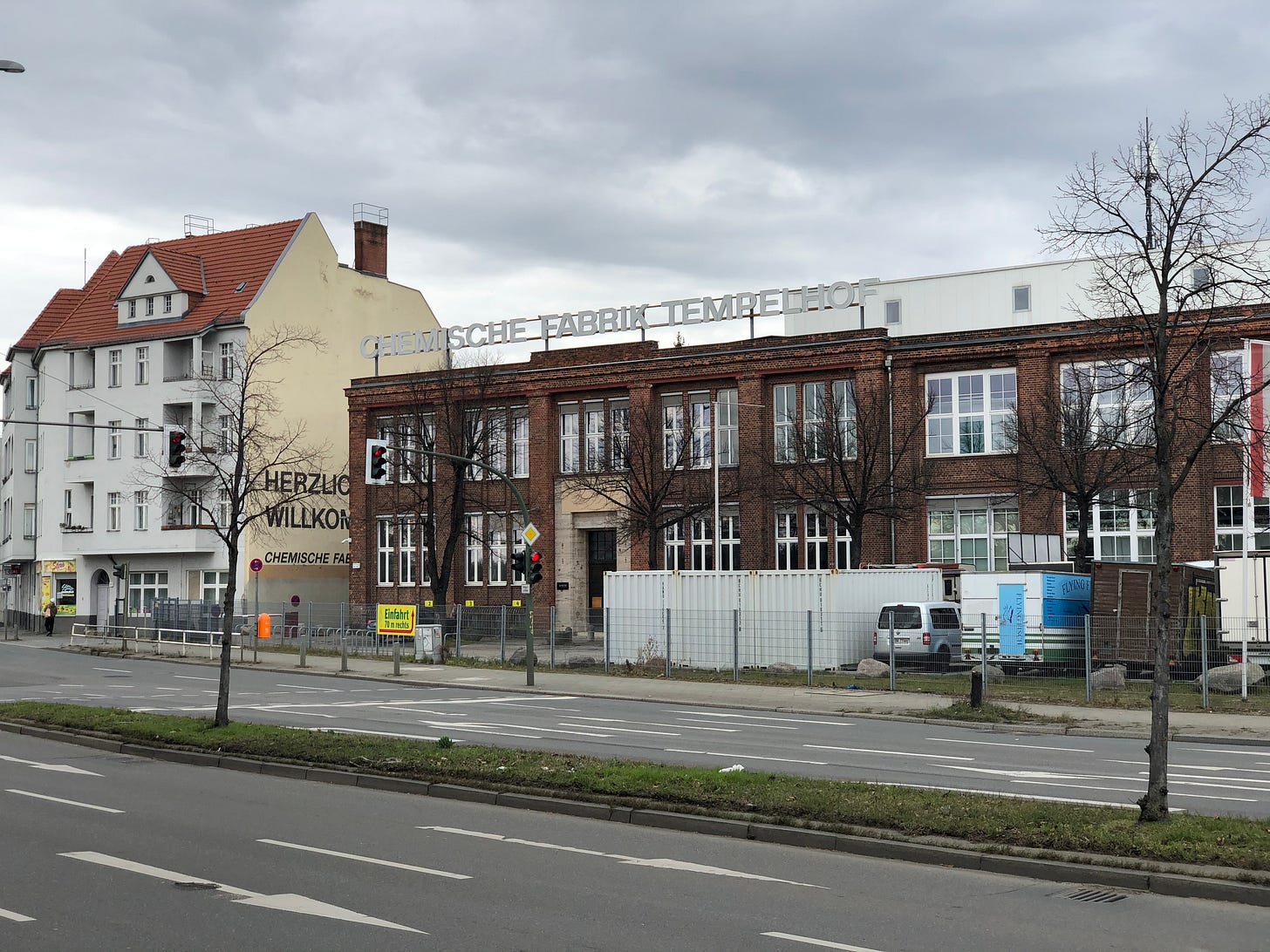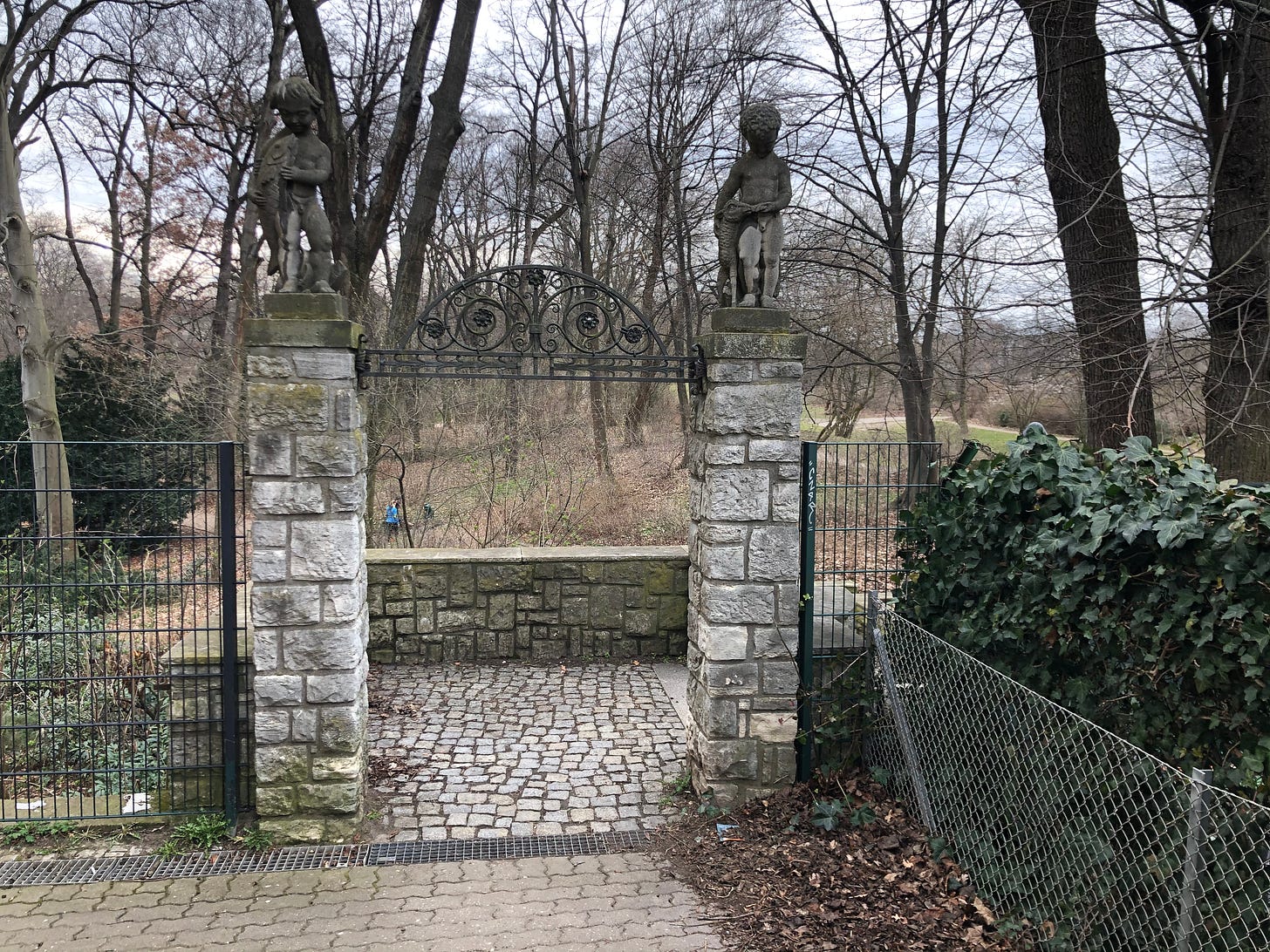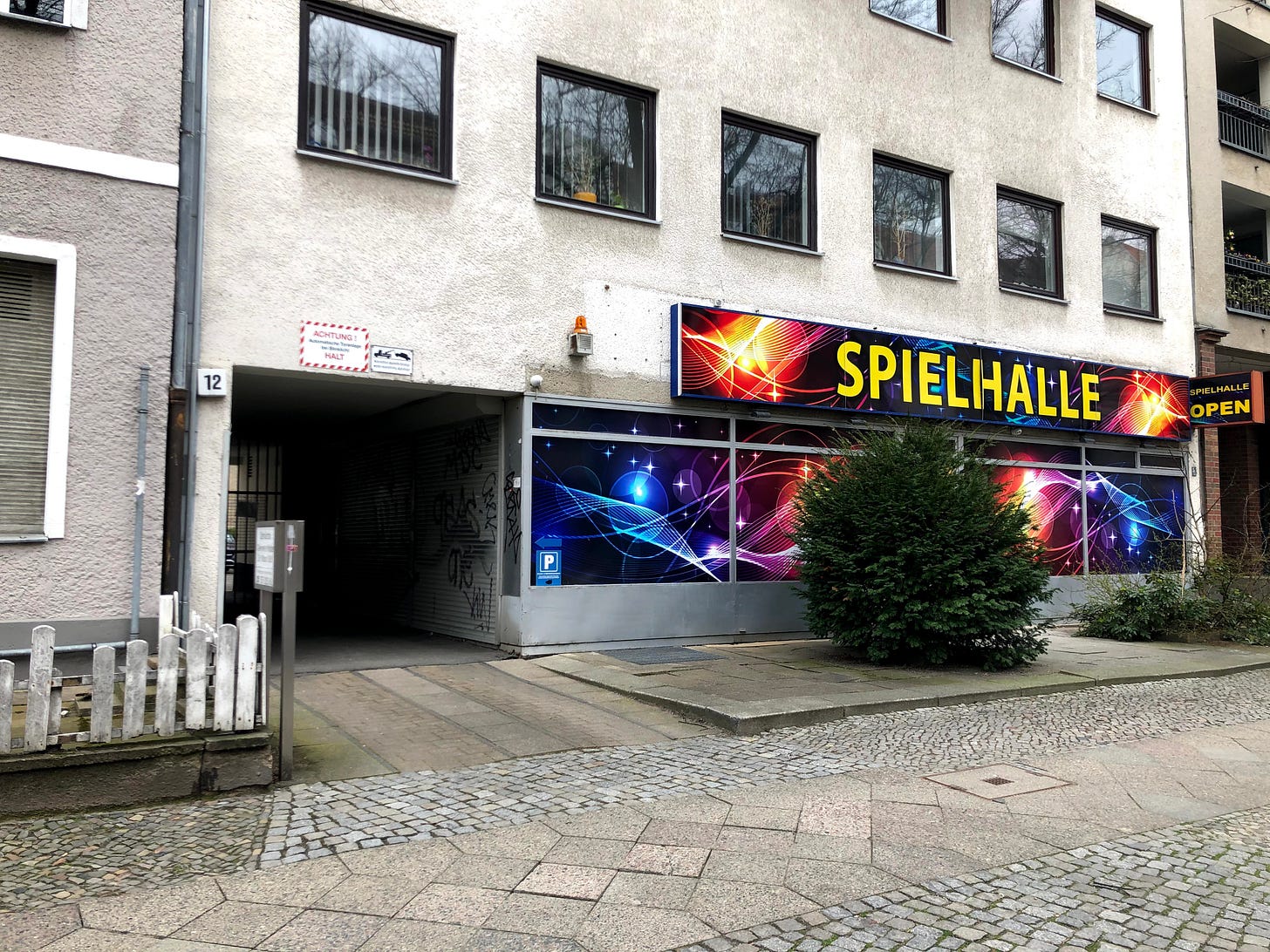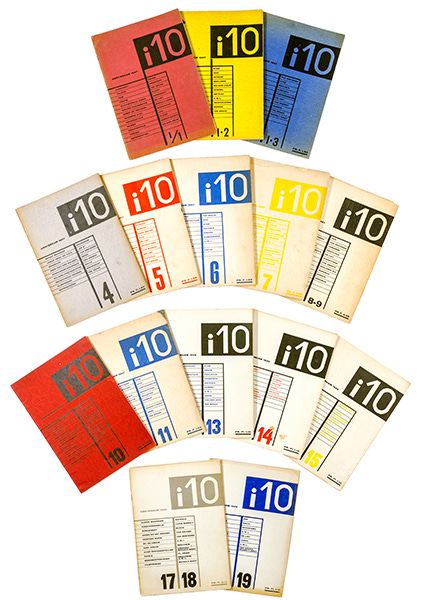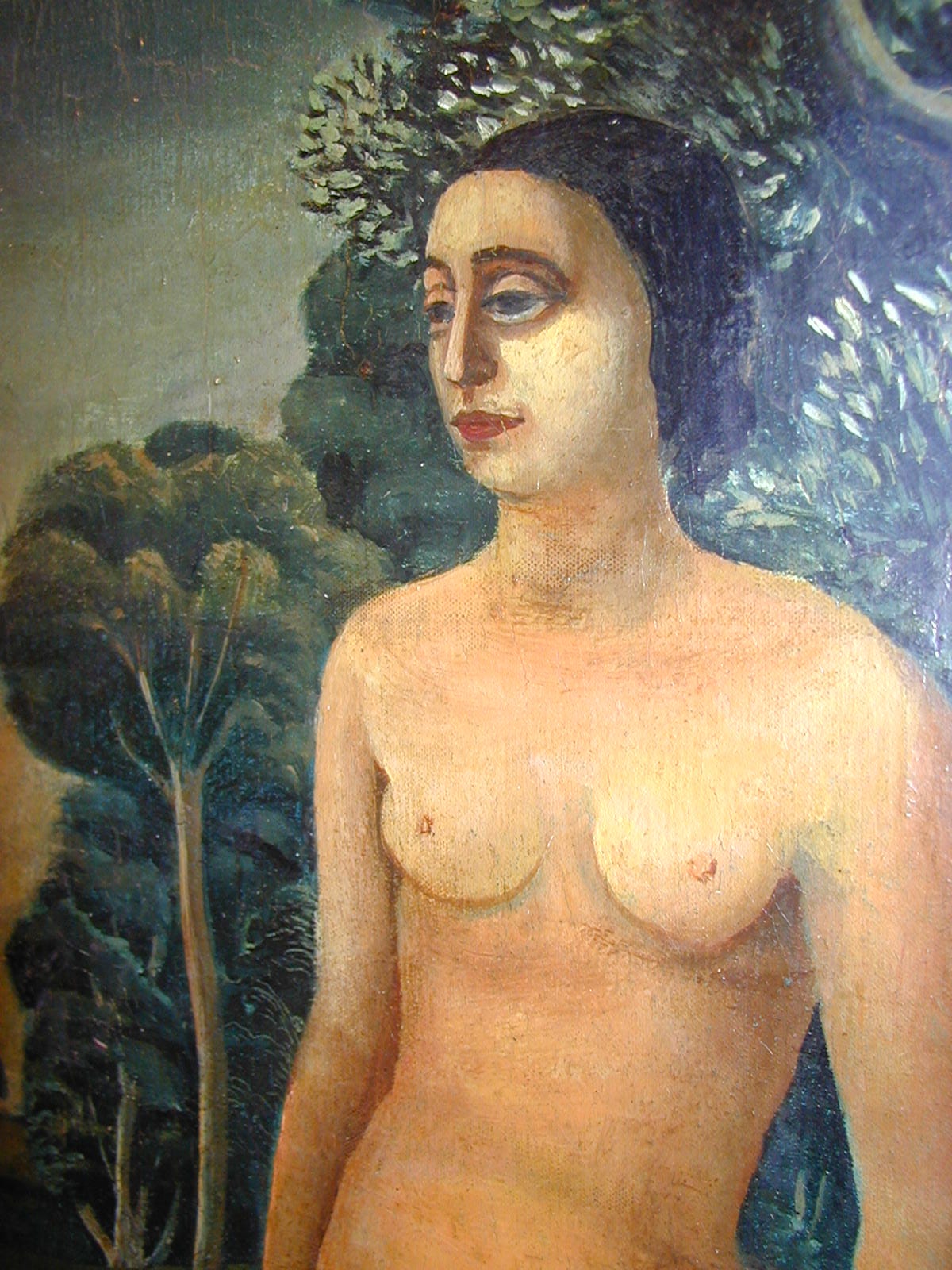In Search of 'Alice Weylorz'
PART ONE:
On 24 March I gave a talk that explored the life of ‘Alice Weylorz’, a distant neighbour of Charlotte Wolff on a diagram of friendship and generation sketched by Walter Benjamin in 1932. It was on this diagram where I first encountered Wolff: among 48 other names connected by lines of various kinds; line train tracks, like lines on the hand. The talk explored the problem of encounter with someone for whom we only have a name, in this case ‘Alice Weylorz’, but also someone named as ‘Wilhelm G’. It is available to watch below, and there’s the script here (typos probable). Scroll down past the video for more developments in the story; but perhaps watch the video first if you have the time/energy.
⦚
⦚
⦚
⦚
⦚
⦚
⦚
⦚
⦚
⦚
⦚
⦚
⦚
⦚
PART TWO: (spoilers below)
On the night of the talk, I got an email from my friend Samuel Draper (also Walter Benjamin’s great-grandson). He had found an ‘Alice Wenglor’ listed in a Berlin telephone book. She had lived at Friedrich-Wilhelm Straße 12 in the 1930s, perhaps with her mother, Maria Wenglorz, who was born Maria Johanna Christine Detrez in 1867 (who had married and divorced a man called Krause, and then married Richard Heinrich Wenglorz in 1902 in Frankfurt). He attached the record from the telephone book, where ‘Alice Wenglor’ is listed next to the word 𝕾𝖈𝖍𝖆𝖚𝖘𝖕𝖎𝖊𝖑, a play or drama.
🔎
⦚
In an earlier directory an ‘Alice Wenglorz’ (with a z) is listed to have lived at the same address. This time more clearly listed as a 𝕾𝖈𝖍𝖆𝖚𝖘𝖕𝖎𝖊𝖑𝖊𝖗.
🔎
⦚
I got back to the trace of the manuscript to check again the transcription and then check the particular letters in question against Benjamin’s handwriting elsewhere:
W✔️ e✔️ ~n﹖ ~g﹖ l✔️ o✔️ r✔️ z✔️
Lowercase n: there are more around the name, which confirms that the n would certainly be possible in the surname W✔️ e✔️ ~n✔️ ~g﹖l✔️ o✔️ r✔️ z✔️
Lowercase g: from Erich Unger and László Moholy-Nagy, both confirm that the descending letter could be a g as much as a y. So: W✔️ e✔️ ~n✔️ ~g✔️ l✔️ o✔️ r✔️ z✔️
⦚
Sam also found an ‘Alice Wenglorz’ in a publication entitled Deutsches Bühnen-Jahrbuch going back to 1913 when she was a member of the company at the Neues Theater in Frankfurt, later in Düsseldorf. Hence the 𝕾𝖈𝖍𝖆𝖚𝖘𝖕𝖎𝖊𝖑 from the telephone book.
🔎
⦚
An actor named Alice Weglorz is listed to have performed in a number of Ibsen plays in Wiesbaden in 1911: Ein Volksfeind (15 November 1911) and Stützen der Gesellschaft (9 November 1911). She (if it is the same person) continued to perform Ibsen, later in Düsseldorf under the name Alice Wenglor (without the z). In 1917 she played Mrs. Fanny Wilson in John Gabriel Borkman; in 1918 Mrs Holt in Stützen der Gesellschaft and ‘a woman in green’ in Peer Gynt; in 1919 Mother Aase in Peer Gynt; in 1920 she returns to Mrs Holt in Stützen der Gesellschaft; and in 1921 she plays Berta in Hedda Gabler. (This makes me want to watch all of Ibsen.)
⦚
A vast selection of programmes still exist from the theatre in Düsseldorf featuring the name Alice Wenglor (without the z):
⦚
⦚
Why the movement between ‘Alice Wenglor’ and ‘Alice Wenglorz’ then? Perhaps the ‘z’ was dropped, Sam thought, to function as a stage name. Perhaps it was too Slavic sounding for an actor attempting to work in Düsseldorf. Many of those on the diagram changed their names a number of times for personal and political reasons (Fritz Heinle, Gershom Scholem, Helen Grund, Ignaz Ježower, among others; there’s a paper there too). Given Wenglor/z is not such a common name, it would seem unlikely that both would be actors, and even more unlikely that two people named Alice Wenglor/z both lived at Friedrich-Wilhelm Straße 12.
⦚
⦚
I went to find Friedrich-Wilhelm Straße as it is not far from where I’m living: down the back of Tempelhof, through a stretch of low-rise old factories, housing estates and sunken parks.
There was no trace, no plaque, no Stolperstein, just a small shut-up casino.
⦚
The story further unfolded. For Alice Wenglor/z was the partner of the Italian painter and architect Ivo Pannaggi (1901-1981), who moved to Berlin in the 1920s and was (wait for it) acquainted with Benjamin, who had seen some photomontages and recommended him to Arthur Müller-Lehning for publication of further photomontages in his journal i10. (Müller-Lehning is also on the diagram, between Ernst Bloch and László Moholy-Nagy.) i10 was discontinued in the same year, however, so any fruits of a collaboration were cut short (see Versari).
⦚
As Sam says: If WB knew Alice through her boyfriend Pannaggi interesting that he’s not on the diagram, or perhaps he knew Alice first. Who was the primal acquaintance? It is perhaps revealing that she sits next to fellow actor and director Asja Lācis (something I will look into more).
⦚
And finally, most hauntingly, there is this: a painting by Carlo Mense entitled Akt in Landschaft (Diana, Alice Wenglor) from 1924. Elsewhere it is dated 1926, with a slightly different title:
⦚
Is it worth giving a talk on something that turns out to be incorrect, if it is the talk that helps correct its oversight? There is still so much to find out about ‘Alice Wenglor/z’, and history can never be written through the completion of its records. Blindspots inevitably remain. And the search for ‘Wilhelm G’ continues.
⦚
Thanks for much to Sam Draper for the email that sparked all this, and for so many insights over the time we have know each other. Thank you to everyone also who came to my talk (or watched it afterwards) and to those who listened to it at various (earlier) stages: Aurelia, Hannah, Sam and Andrew. Thank you also to Dr. Johanna Brade for the images of the painting, which are copyrighted to the Schlesisches Museum zu Görlitz. Thank you also Ursula Marx of the Walter Benjamin Archiv. And finally thank you to everyone who recently signed up to this via the HANDS TIED programme which finishes soon on Another Screen here ♡
